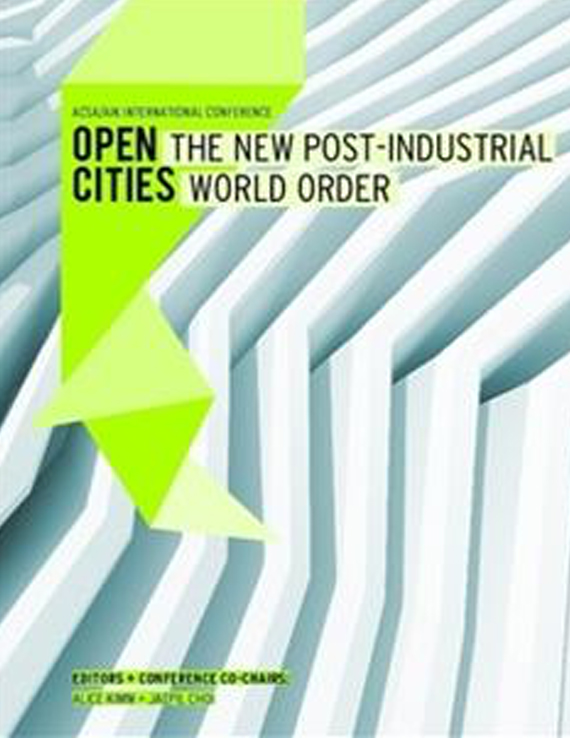Author(s): Dana Buntrock & Masato Araya
In the mid-1990s, Japan’s recycled aluminum supply grew quickly; industry leaders,working with government support reached out to architects and engineers to developnew markets, especially exploring the structural potential of aluminum. ToyoIto headed a working group of 36 companies—including not only professional architectureand engineering offices led by Kazuhiko NAMBA, Mutsurō SASAKI andToshihiko IIJIMA, but also Nippon Light Metals, Sumitomo Metals, Misawa Homes,and Tostem. The group successfully made a proposal to Japan’s NEDO (New Energyand Industrial Technology Development Organization) for financial support.And thus was born a brief flourishing of experiments in aluminum construction. Ito,working primarily with the structural engineer Masato ARAYA, designed six aluminumstructures, completed between 2000-2005: a single-family home, a workers’dormitory, two small structures that never went beyond prototypes, a pavilion intendedfor short-term use, and a façade. The last two were built in Europe, althoughJapanese industry leaders offered technical support.In many cases, these structures were produced outside of the normal regulatoryoversight within which architects and engineers work. Some were inhabitable,but not strictly considered buildings. Some—the Brugge Pavilion, sudare, ProjectK—benefited from the greater freedom allowed temporary works. The House atSakurajōsui complied with earlier prescriptive building codes that had not anticipatedthe lower melting point of aluminum, essentially conforming to the letter of thelaw, but skirting its intentions. But the group also influenced building codes throughtheir efforts; later regulatory changes permitted the structural use of aluminum. Thedormitory and cabin were built with conventional oversight.I will discuss the body of work produced by Toyo Ito and Masato Araya, who playeda particularly large role in exploring new uses of aluminum. Ito also designed agroup of small public toilets in Fukuoka, a city in southern Japan, with the engineerMutsurō SASAKI; Araya designed a large sculptural work with one of Toyo Ito’sformer employees, although it was never built. Suppliers worked with other respectedarchitects, as well, including Riken YAMAMOTO, Kazuhiro NANBA, MikanGumi, and Coelacanth K+H, the latter working with Araya on a model house builtwith off-the-shelf parts. One other engineering office, the considerably larger IIjimaStructural Design Office (with 35 employees in three locations), was active onmany of these other projects—and in fact played a key supporting role when ToyoIto turned to Mutsurō SASAKI to design the small public toilets erected in southernJapan. But Ito’s work with Araya was significant even in this illustrious group,evidenced by the two awards structural engineer was given by the Japan StructuralConsultants Association. The first, in 2001, was an Award of Excellence forthe House at Sakurajōsui; the second, given two years later, was for his collectivecontributions to the advancement of the structural use of aluminum. The teamhad broader industry support, and was able to propose works of great diversity.I will also explain why these experiments came to an end and describe the long-termimpact on subsequent work by Ito and Araya.
Volume Editors
Alice Kimm & Jaepil Choi
ISBN
978-0-935502-91-6

 Study Architecture
Study Architecture  ProPEL
ProPEL 
